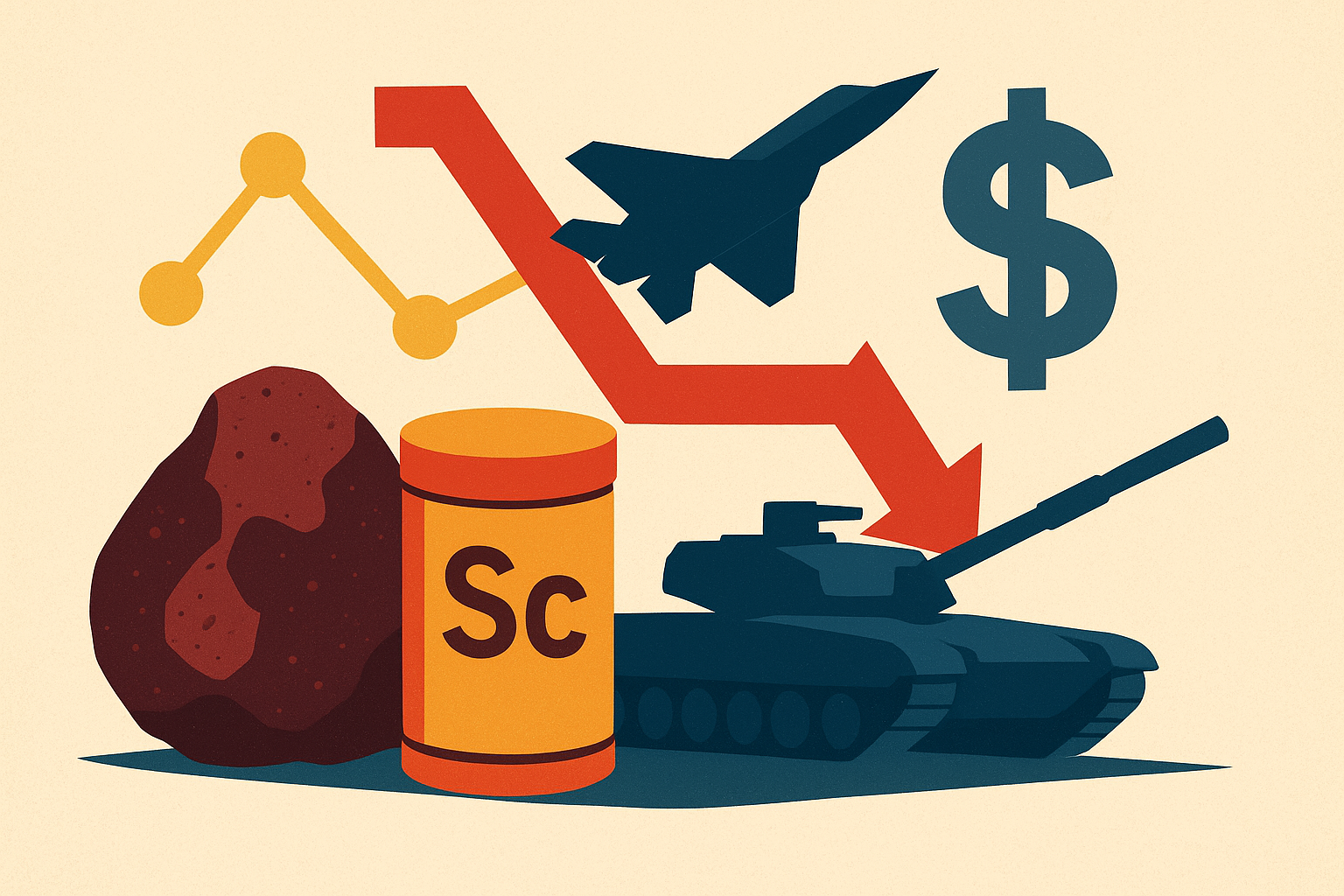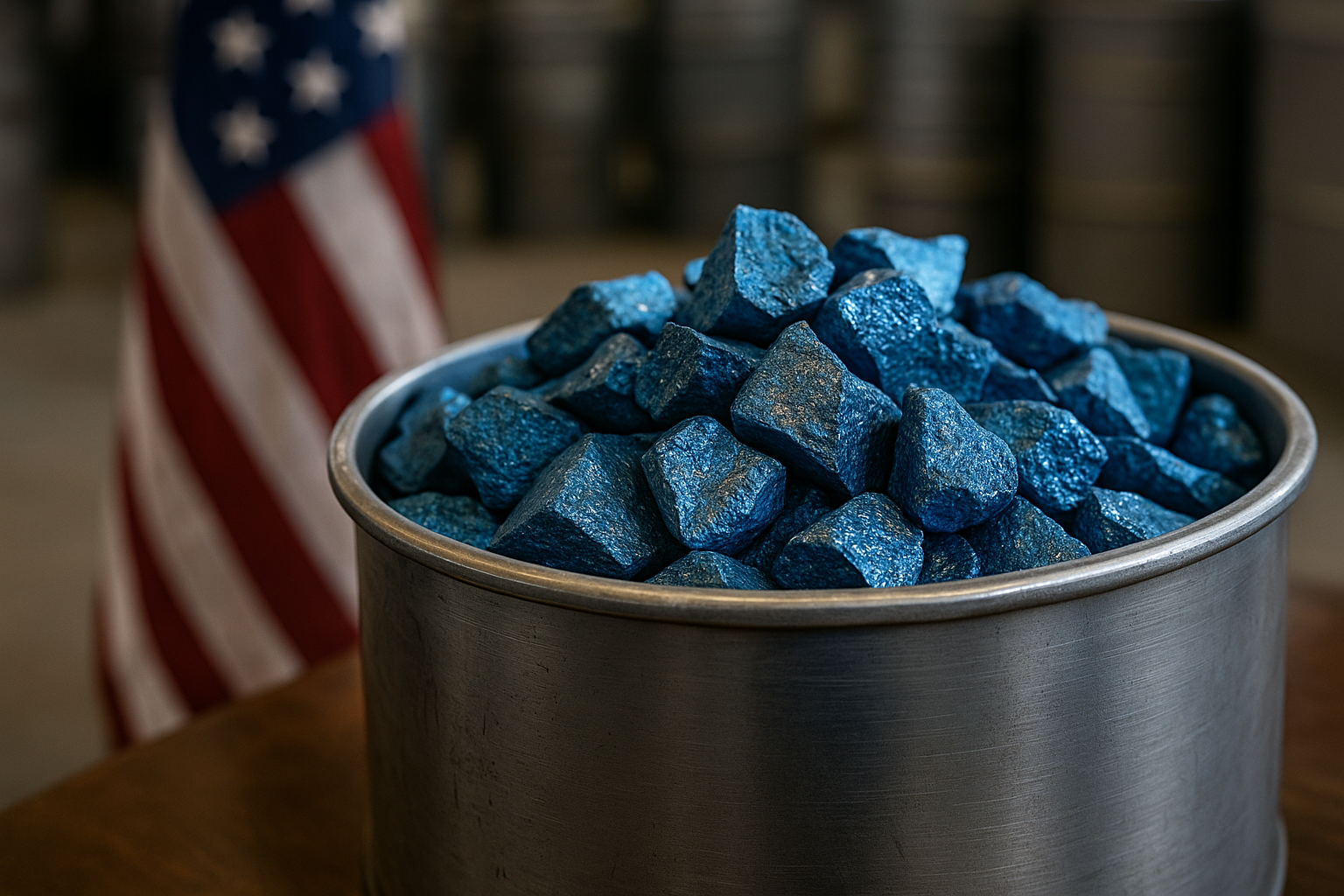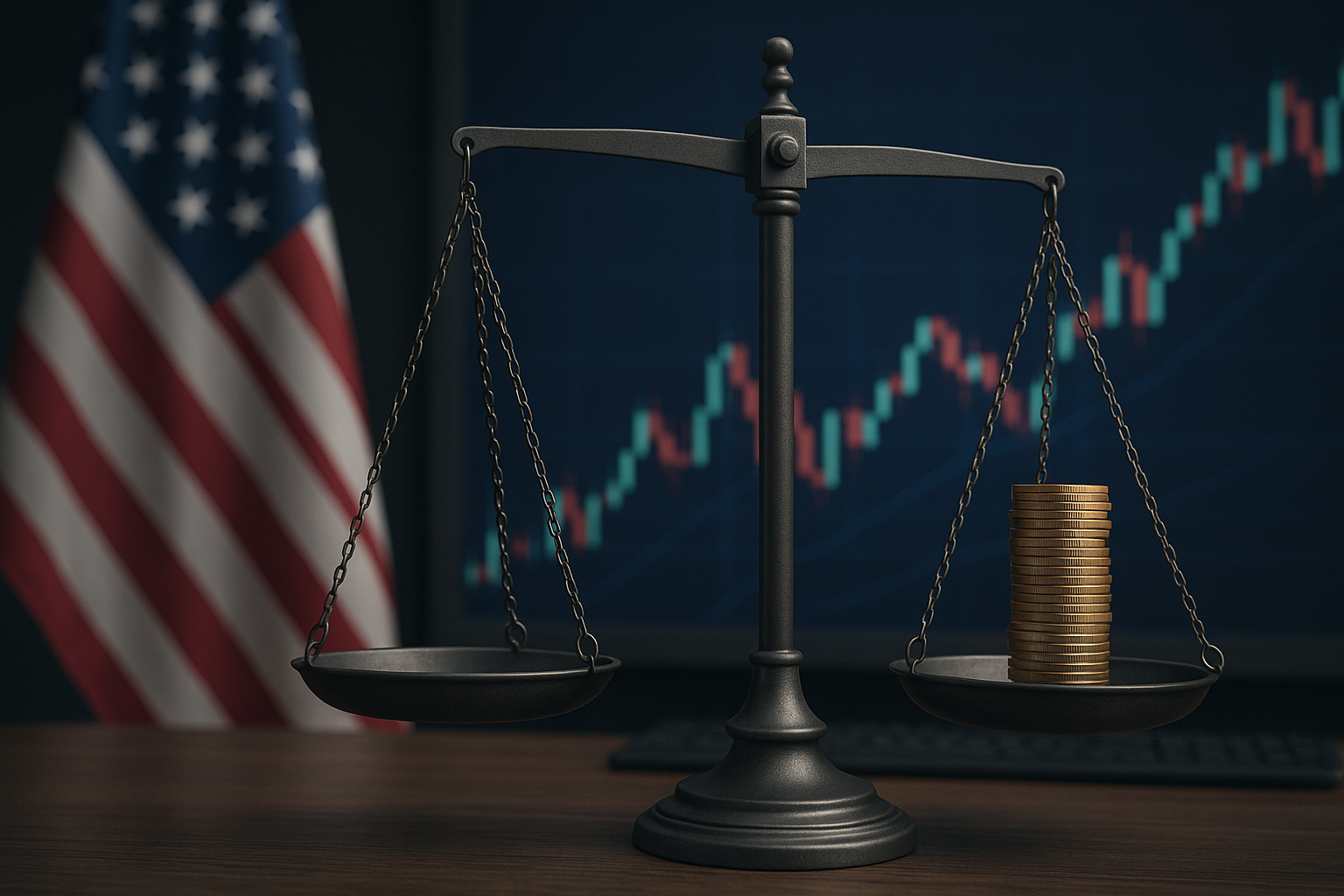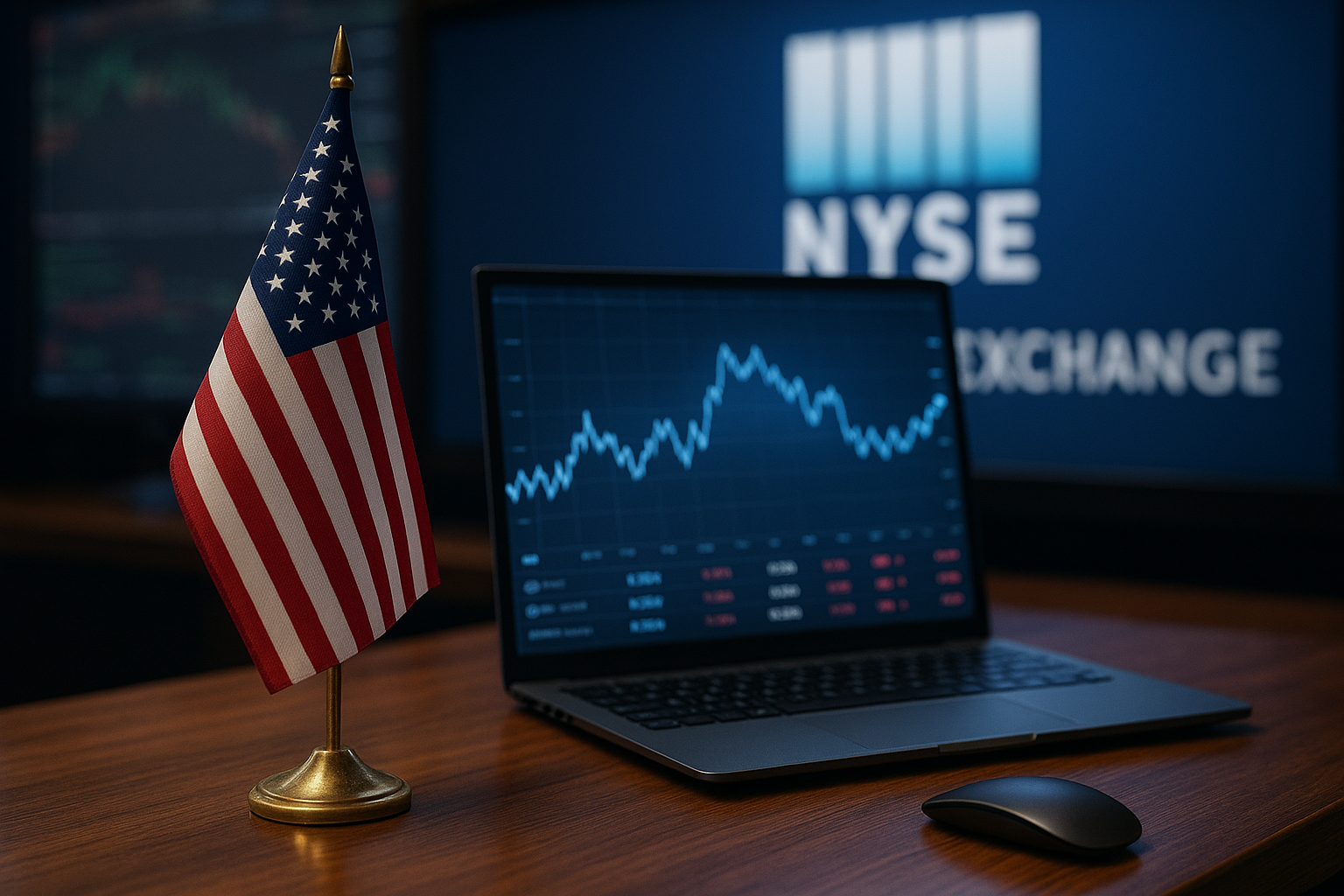The U.S. government is moving decisively to secure its supply of critical materials, announcing plans to purchase up to $40 million worth of scandium oxide from Rio Tinto over the next five years. The initiative, confirmed by the Defense Logistics Agency (DLA) and reported by Reuters, is part of Washington’s broader strategy to strengthen national stockpiles of rare and strategic minerals amid rising geopolitical tensions and supply chain vulnerabilities.
Why Critical Materials Are Back in Focus
Scandium is a little-known but highly valuable material with outsized importance in high-performance applications. Used in aerospace alloys, defense technologies, fuel cells, and advanced electronics, scandium’s unique properties allow for lightweight strength and efficiency improvements in sectors critical to national security and energy transition.
Yet supply remains extremely limited. According to data from the U.S. Geological Survey (USGS), global scandium production is measured in just dozens of tons per year, with most supply concentrated in China and Russia. Beijing’s export controls on critical minerals have already raised alarms across Western capitals, creating urgency for the U.S. to diversify sources and build domestic resilience.
By locking in a supply deal with Rio Tinto, one of the world’s largest mining companies, the DLA is signaling that scandium—once considered a niche metal—is becoming strategically indispensable.
Why This Matters for Investors
For investors, the move highlights three major themes reshaping global markets:
- Geopolitical Competition Over Resources
Critical minerals are becoming the new oil—essential inputs for defense, energy, and technology. Nations are racing to secure supplies, and companies positioned in this space may benefit from government contracts, subsidies, or long-term offtake agreements. - Emerging Demand in Aerospace and Green Technologies
Scandium-aluminum alloys reduce aircraft weight while maintaining strength, directly improving fuel efficiency. In clean energy, scandium is increasingly studied for its role in solid oxide fuel cells and next-gen batteries. This places scandium in the same category as lithium, cobalt, and rare earths—key to both defense and green revolutions. - Supply Chain Bottlenecks and Price Volatility
Because supply is so thin, any disruption—or surge in demand—can drive price spikes. Investors in miners or ETFs tied to critical materials must be prepared for volatility but also recognize the upside potential in niche markets that governments cannot afford to ignore.
Future Trends to Watch
1. Expansion of Critical Minerals Lists
The U.S., EU, and Japan have all released official lists of critical minerals, with scandium consistently included. Future policy could expand government funding, tax credits, and R&D support for companies exploring or refining these minerals.
2. M&A and Strategic Partnerships
Large mining companies like Rio Tinto, BHP, and Vale may increasingly pursue partnerships or acquisitions in critical materials to align with government priorities. Investors should watch for consolidation in junior mining companies with early-stage scandium or rare earth projects.
3. Defense and Energy Transition Demand
As defense budgets grow and the energy transition accelerates, materials like scandium could see exponential demand growth. Aerospace giants such as Boeing and Lockheed Martin, along with clean-energy developers, could become significant end-users.
Key Investment Insight
For investors, scandium’s emergence reflects a broader theme: critical materials are no longer niche—they are strategic. Companies with exposure to scandium mining, refining, or alloy development could see increased government interest and funding. However, risks include supply concentration, environmental regulations, and long project development timelines.
ETFs tracking rare earths and critical materials could offer diversified exposure, while risk-tolerant investors may explore junior miners with scandium assets. The key is to balance opportunity with awareness of geopolitical and regulatory risks.
Stay Ahead
The U.S. government’s $40 million scandium deal is more than a procurement contract—it’s a signal that strategic minerals will play a central role in national security and industrial policy. For investors, monitoring this space is no longer optional; it’s essential.
Stay updated with MoneyNews.Today for daily insights into critical materials, emerging industries, and the investment opportunities reshaping global markets.





